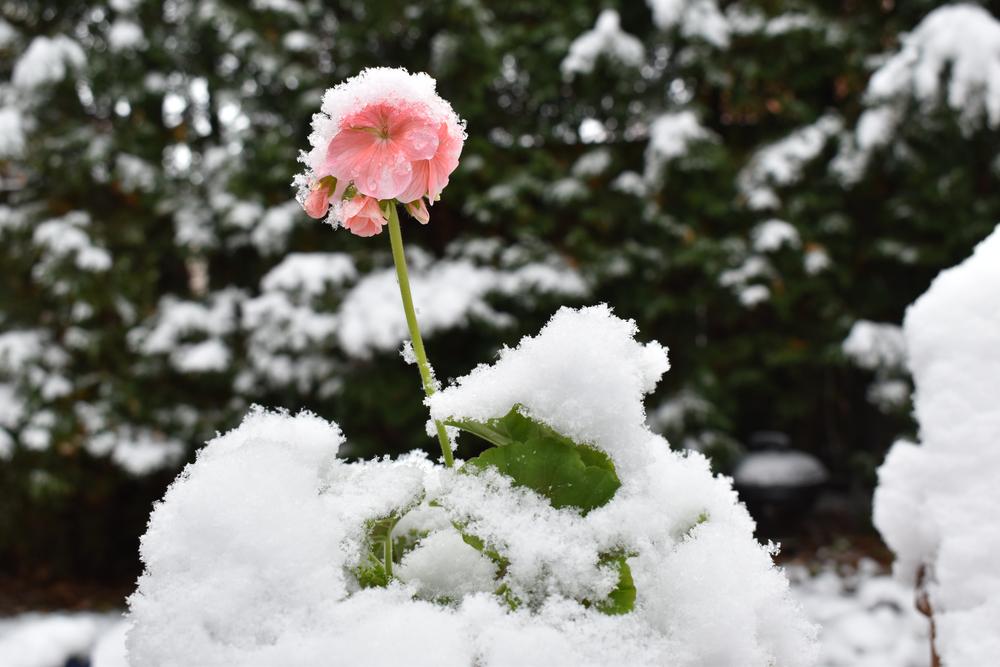Every flower gardener knows that pruning is part science, part art. The goal is breathtaking flower displays balanced by robust plant health. Fall is one of the most important seasons when it comes to giving plants a good trim, and many seasoned gardeners know the secret trick to having the best spring and summer blooms on the block.
There’s a temptation to cut everything down to the ground, which makes the garden look clean and crisp, but there are many reasons not to do so, starting with local wildlife, such as finches, sparrows, jays, chickadees, and more, which will dine on the dried seeds when food is otherwise scarce. While dried stalks and seedpods aren’t attractive when bare, they add depth, dimension, and a soft beauty to the landscape once the first snow begins to fall.





